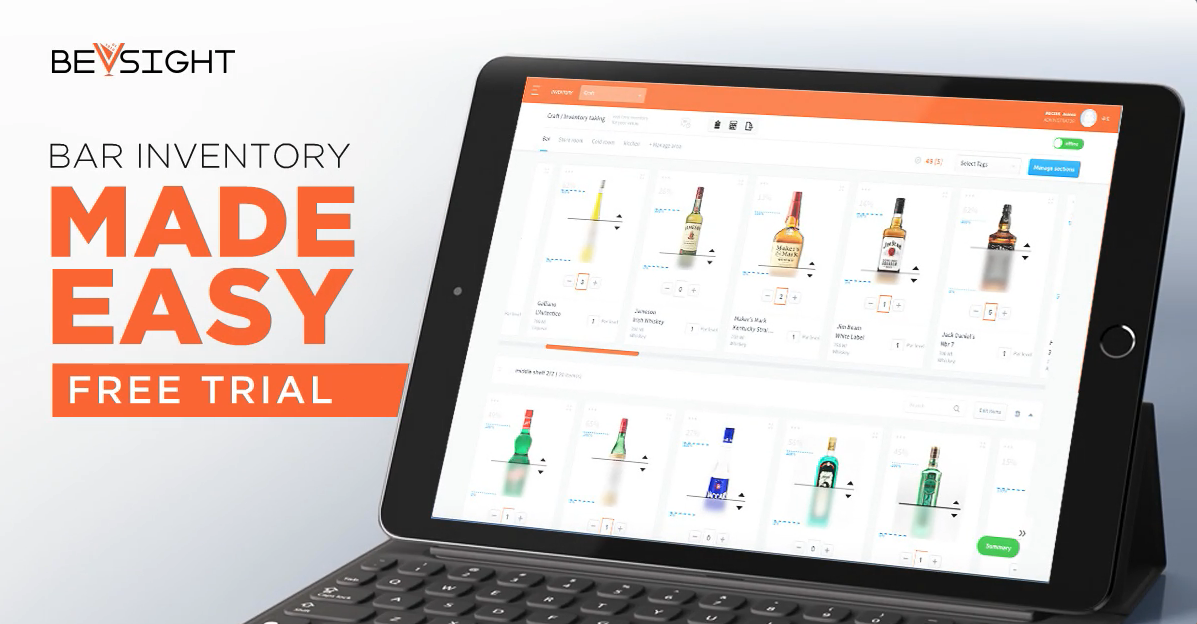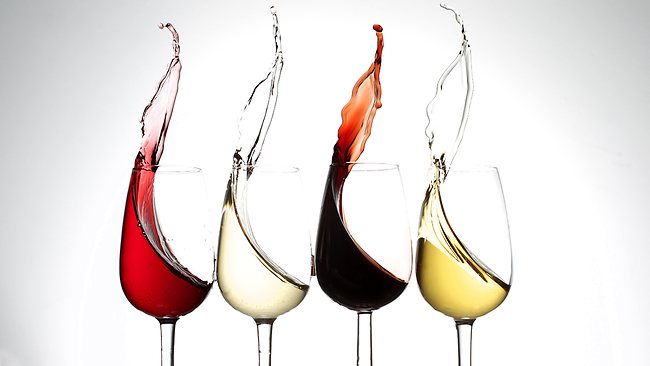Pricing Wine By The Glass
Today, wine by the glass is almost a given on wine menus in restaurants around the world and, if done correctly, it can lead to an increase in profits. What is “done correctly” you may ask? Well this can vary depending on your business levels, the type of business and your clientele, here we will help you and your business get off on the right foot by helping you pricing your menu of wine by the glass toward success.

Price Margins
First, a note on bottle pricing. Wine bottle sales can often be one a bar or restaurants most stable sources of income. Wine bottles are usually priced with a 75-80% profit margin (at 20-25% cost). This is around 4 or 5 times the price paid for the bottle and this part of your business will rarely have a variance or wastage attribute.
Thus, the price of a glass of wine should, at the very least, fit into this bracket in order to be profitable for your business; remember that you are much more likely to have variance or wastage when offering wine by the glass compared to wine by the bottle.
 As a rule of thumb, wine by the glass is usually priced to cover
As a rule of thumb, wine by the glass is usually priced to cover
the wholesale price of a bottle i.e. if your bottle costs you $6 then you will usually charge $6-8 for the glass. This allows you to cover the cost of a case of wine with the sale of just 3-4 bottles.
How much should the highest price for a glass be? It all depends on your clientele and your offerings, so this is down to you. However, as a general rule, your most expensive glass of wine should not cost more than a bottle of house wine and usually not over $15. Again this is dependent on your business.
Is there a minimum limit? Not necessarily although it is good practice to ensure that buying a full bottle of wine by buy individual glasses is at least slightly more expensive than just buying the bottle. This can incentivise pairs or groups of people to purchase bottles instead of glasses. This makes less work for your staff and can speeds up service. Also, people drinking a bottle of wine can often be persuaded into ordering another full bottle or at least another glass. This extra purchase might not be made by those ordering only glasses.
Selection
Although the above is a sort of “rule of thumb” for pricing house wines and those in and around this price bracket, this pricing method becomes more difficult once your wines begin costing $30+ a bottle. No one is really willing to pay $30+ for a single glass of wine. This is where intelligent selection comes into play.

You should offer a healthy variety of wine by the glass (not say, all but one of you cabernet sauvignons), although, offering too large a variety can leave your customers spoilt for choice. This will -almost inevitably- leave you with a selection of open bottles of wines behind the bar becoming corked over time and resulting in you having to, literally, pour stock, and thus money, down the drain.
How do you choose? Begin by looking at your competition. What are the people around you offering? Also look at the season. If you plan your food menu by seasonal offerings chances are you’ll rotate a select part of your beverage menu to suit these changes, wine -along with cocktails- are one the main beverages that will rotate with seasons to complement different foods.
The message here is that balance is key. Don’t be afraid to play around with your wine by the glass selection and pricing until you find a good balance that keeps your business and your clientele happy.
Clientele and Location
This is a huge factor in everything you offer in a bar or restaurant; and wine is not exempt from this factor. Put plainly, if you customers don’t want it they won’t drink it. If your local competition has better, cheaper, larger portioned offerings then you may find yourself missing out on more than just the sale of one glass, sometimes without even knowing it.

Putting yourself on a level playing field with your local competition and also fitting your offering to your clientele are some of the most important parts of running a service industry business.
There are always many factors to take into account when opening, running and financially planning a business, and, as we pointed out in the last section above, no one person or source can provide you with all the answers. We encourage you to do your research, and also not to be afraid to alter your offerings in order to find the right balance for your business and your clientele.



